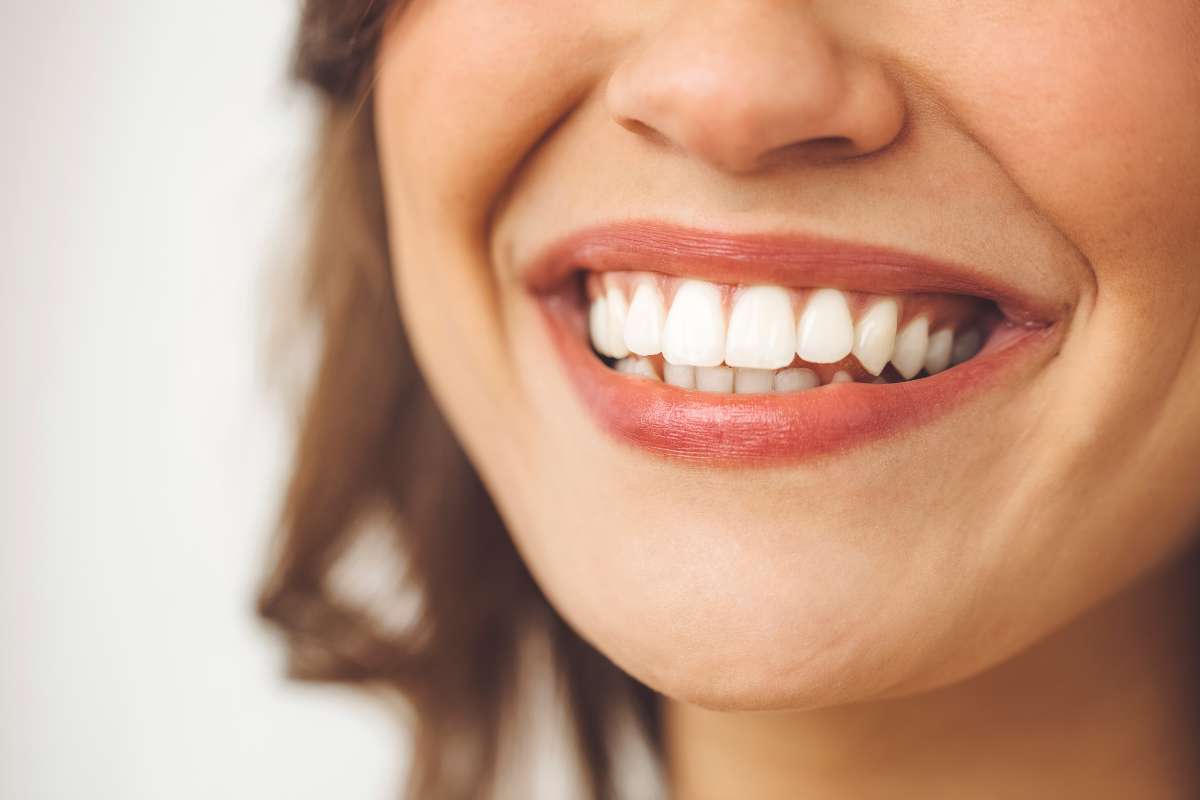Does Teeth Whitening Treat Bad Breath? The Overlooked Connection
No one likes to talk about bad breath or halitosis—much less deal with it upfront. It’s just difficult to admit that some think of bad breath as something untreatable. But in reality, halitosis is the easiest dental problem to address.

Let’s begin with the most basic preventive measure which is proper oral hygiene, which includes brushing your teeth at least twice a day.
For professional treatments, you have regular cleanings that help remove tartar or plaque buildup. To removed hardened plaque or significant tartar buildup below the gumline, teeth scaling or planing might be recommended.
But what about teeth whitening? Can brightening your smile also help freshen your breath?
It’s a fair question. After all, many whitening treatments leave your mouth feeling fresh, and some people notice improved breath after a whitening session. But is this just a temporary effect, or is there more to it?
Let’s break it down.
How Does Teeth Whitening Work? (And Can It Affect Bad Breath?)
Teeth whitening treatments work by using peroxide-based solutions (like hydrogen or carbamide peroxide) to break down stains and discoloration on your teeth.
Since plaque and bacteria can also cling to stained teeth, whitening treatments may remove some bacteria along with stains. This could, in turn, make your mouth feel fresher. But does that mean teeth whitening is an effective solution for bad breath? Not exactly.

The Temporary vs. Long-Term Effects on Breath
Let’s talk about teeth whitening’s temporary and long-term effects on your breath. The truth is that teeth whitening can temporarily improve your breath. But it isn’t a long-term solution for bad breath. Here’s why.
Whitening treatments only address surface-level stains and bacteria. They don’t reach deeper issues that might be causing bad breath, such as gum disease, tooth decay, or digestive problems. These issues require a more thorough treatment like periodontal therapy, fillings, (for cavities) or laser therapy.
Whitening agents may have an oxygenating effect or the release of bubbles that kills and breakdown bad-breath-causing bacteria. However, as soon as bacteria start to repopulate (which happens quickly), bad breath can return—especially if there are underlying dental issues at play.
Does Whitening Impact the Oral Microbiome?
Your mouth is home to a delicate balance of good and bad bacteria. When you whiten your teeth, hydrogen peroxide could disrupt the natural balance of bacteria in the mouth.
A study about hydrogen peroxide (H₂O₂) highlighted its antibacterial properties, primarily in the context of its use as a sanitizer in the food industry. While it confirms H₂O₂’s effectiveness against bacteria, fungi, and viruses—aligning with the mild antibacterial effects seen in peroxide-based teeth whitening treatments—it does not directly address oral health or the impact on bacteria in the mouth.
It’s important to note, however, that overusing whitening treatments could lead to gum irritation or an imbalance in oral bacteria, potentially making breath worse in the long run.
Potential Side Effects of Whitening That Could Worsen Bad Breath
While whitening can provide a temporary breath boost, it can also come with side effects that might indirectly contribute to bad breath.
Teeth whitening products, especially strips and gels, can lead to temporary dry mouth. Since saliva helps wash away bacteria, a lack of it can cause bad breath. If your gums become irritated or inflamed after whitening, bacteria may accumulate more easily. Some whitening products can temporarily alter the pH balance in your mouth, which might allow odor-causing bacteria to thrive.
Beyond Whitening: What Really Works for Whiter Teeth & Fresher Breath?
Teeth whitening shouldn’t be your go-to solution for bad breath. But it can be a part of your routine. We suggest combining it with good oral hygiene practices. Brushing twice a day, flossing daily, and scraping your tongue help remove food particles and bacteria that contribute to bad breath.
How do you maintain good oral health while keeping those pearly whites? Here are the things you can do:
- Eat crunchy fruits and vegetables like apples and carrots can naturally clean teeth and freshen breath.
- Stay hydrated by drinking plenty of water helps flush out bacteria and prevents dry mouth.
- Schedule regular professional cleanings remove plaque and tartar buildup, which contribute to both bad breath and yellowing teeth.
- Use an alcohol-free mouthwash with antibacterial properties that freshen breath without drying out your mouth.
- Avoid tobacco products that can induce both stain and bacteria.
Bottom Line: Is Whitening the Right Solution for Bad Breath?
So, does teeth whitening treat bad breath? The answer is not really—at least not in the long run. While whitening can remove surface stains and some bacteria, it doesn’t address deeper causes of bad breath like gum disease, cavities, or digestive issues.
That said, if you’re looking to improve your smile and keep your breath fresh, combining whitening treatments with a solid oral care routine is the way to go.
Most importantly, look for a professional whitening treatment that also supports your overall oral health. That’s where our dentists in Culver City come in. Schedule a free online appointment with United Dental Care today for expert care and a brighter, fresher smile!




 By:
By: 

